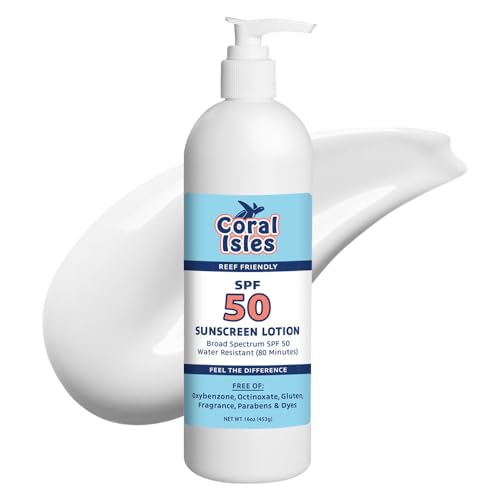Re: Cyano outbreak.
Totally agree with the rest of the folks here, that doesn't look too bad at this point. If you can do a few water changes every-other day you could probably remove enough nutrients to help stop it in short order. At the same time, increasing the flow in the tank would certainly help keep it from coming back. That said, it seems kind of like a PITA to do that work if you're just tearing it down and transferring live stock/some of the LR.
Re: Coral Removal / Propagation
From the photo's it looks like there are a number of Kenya Trees (Capnella ?)/Colt, a Lobophyton Leather (honestly not sure on that, but it looks to be either a finger or ridge leather, since I don't see interior fingers, I'm goign with ridge ... someone correct me here if I'm wrong) and some 'shrooms. Short of being intentionally abusive, mushrooms are super hard to kill without chemically hurting them or burning them under too much light (seriously, I've propagated them with a blender, a less traumatic method is to cut them into pie-pieces making sure to get a piece of the mouth in each cut). They're typically super hardy and can even withstand live rock shipping across countries (rock that's just thrown in a box and covered with wet newspapers). You should be able to remove them by either prying their foot off of the rock with the corner of a razor or cutting the foot as close to the rock as possible. Once they're cut off, put them in a small piece of Tupperware with some rock/rubble in it and they'll eventually reattach.
The ridge leather looks like it might be anchored to a small rock (can't tell from the photo, but it looks like it's in the sand bed away from the base rock). If its not attached to a movable rock, you can take a razor to the base and just chop it off towards the bottom (single, smooth cuts are always best if you can manage it). Once you have it transported, take a small rock and "lightly" wrap a rubber-band around the foot + rock. Give it a couple of weeks and if it's happy, it should attach to the rock. You can then glue it somewhere, eventually you should see small polyps extend on it, if you notice it "slimming up" a bit after it's been attached probably just shedding (there's a reason for this, but I'll be damned if I can remember atm).
The Kenya Tree's are kind of interesting. Depending on the species you can usually take a razor blade and cut the stalk near the base. They won't like it and will shrivel up into small warty looking branches but given time they can recover. There are two easy ways to get it to reattach to something. You can follow the example of the mushrooms and throw them in a Tupperware with some rubble. Alternatively you can take a tooth pick, spear the trunk and then either glue the tooth pick to something or tie it down with some fishing wire (do this to a small rock so that you can position it later). Once they're attached to something try and glue it onto some where with medium to high flow. This tends to make them grow fast and given the right tank parameters, they can get pretty large (fair warning).
Oh, if you find the 'shrooms or Kenya Tree are blowing around too much in the Tupperware (try and keep them out of direct flow, but they do need a small amount to help clear the slime as they heal, get food, etc), wrap the container with a bit of bridal veil and secure it with a rubber-band.
~V




































































